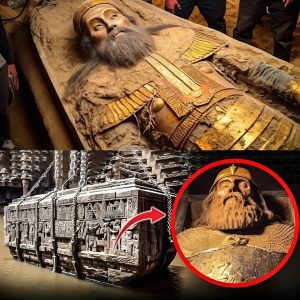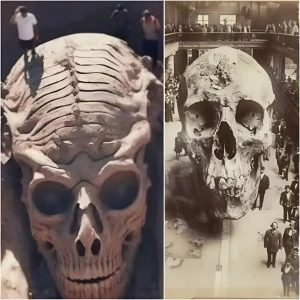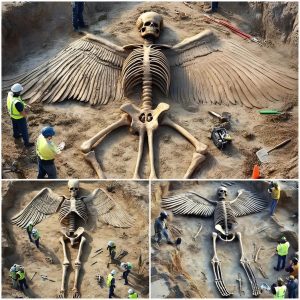In the heart of Utrecht, the Netherlands, a significant piece of history has been lovingly restored, correcting what many now view as a monumental urban planning mistake. More than four decades after parts of the ancient canal encircling Utrecht’s old town were paved over to make way for a sprawling 12-lane motorway, the city is celebrating the revival of its 900-year-old moat—a symbol of Utrecht’s rich cultural heritage and its commitment to sustainable urban living.
The Moat’s Transformation: From Waterway to Motorway
The story of Utrecht’s moat is one of transformation and redemption. For centuries, the canal, known as the Singel, played a crucial role in the city’s defense, trade, and daily life. Encircling the medieval old town, the Singel was a bustling waterway that connected Utrecht to the rest of the Netherlands and beyond. However, in the 1960s and 1970s, amid the rise of car culture and rapid urbanization, parts of the historic canal were filled in to accommodate a vast motorway. The decision to prioritize cars over canals was seen as a necessary move to modernize the city, but it came at a significant cost.
As the motorway cut through the heart of Utrecht, it not only disrupted the city’s historical landscape but also disconnected residents from their waterfront. The once-picturesque canal became a memory, buried beneath layers of concrete and asphalt. The loss of the Singel was deeply felt by Utrechters, who began to see the motorway as a blight on their city’s rich heritage.
A Vision of Restoration
Fast forward to the early 21st century, and the people of Utrecht were ready to reclaim their historic moat. The city embarked on an ambitious project to restore the Singel to its former glory, part of a broader movement towards sustainable urban development and the reinvigoration of public spaces. The decision to restore the canal was not just about correcting a past mistake but also about creating a more livable and vibrant city for future generations.
The restoration project, which spanned several years, involved removing the motorway, excavating the filled-in sections of the canal, and reintroducing water to the Singel. The process was complex, requiring careful planning and coordination to ensure that the restoration was faithful to the original design while meeting modern environmental and safety standards.
A Celebration of History and Community
In 2020, the final section of the Singel was reopened, marking the completion of one of the most significant urban renewal projects in Utrecht’s history. The restored canal now flows gracefully around the old town, reconnecting the city with its past and offering residents and visitors a beautiful, tranquil space to enjoy.
The restoration of the Singel has been met with widespread acclaim, seen as a triumph of vision, determination, and community spirit. The project has not only restored a vital piece of Utrecht’s history but also transformed the city’s urban landscape. The once-dominant motorway has given way to green spaces, pedestrian walkways, and cycling paths, reflecting Utrecht’s commitment to sustainability and quality of life.
The canal’s return has also had a profound impact on the city’s identity. For Utrechters, the Singel is more than just a body of water—it is a symbol of their resilience and pride in their heritage. The canal’s restoration has reinvigorated the old town, attracting both locals and tourists who come to experience the beauty and history of Utrecht’s waterways.

Looking to the Future
The successful restoration of Utrecht’s Singel serves as an inspiring example for cities worldwide grappling with the legacy of past urban planning decisions. It demonstrates that it is possible to correct mistakes, restore lost heritage, and create spaces that enhance the well-being of residents.
As Utrecht looks to the future, the restored Singel stands as a testament to the city’s commitment to preserving its history while embracing the challenges of modern urban life. The canal’s revival is a reminder that even in the face of rapid change, it is never too late to reconnect with the past and to build a more sustainable and harmonious future.
In conclusion, the restoration of Utrecht’s 900-year-old moat is more than just an urban renewal project—it is a celebration of history, community, and the enduring spirit of a city that refused to let its heritage be forgotten. As the waters of the Singel flow once again around Utrecht’s old town, they carry with them the stories of the past and the hopes of a brighter future.





